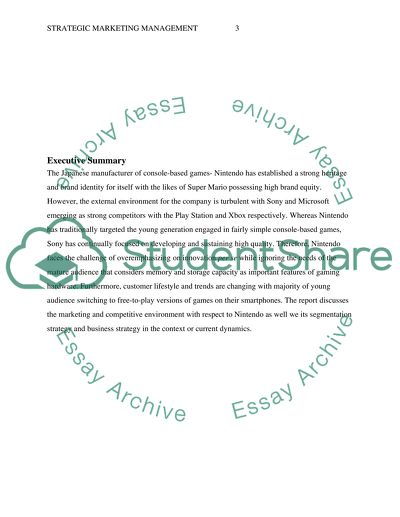Cite this document
(“Case Analysis- Strategic Marketing Management Study”, n.d.)
Retrieved from https://studentshare.org/marketing/1485071-case-analysis-strategic-marketing-management
Retrieved from https://studentshare.org/marketing/1485071-case-analysis-strategic-marketing-management
(Case Analysis- Strategic Marketing Management Study)
https://studentshare.org/marketing/1485071-case-analysis-strategic-marketing-management.
https://studentshare.org/marketing/1485071-case-analysis-strategic-marketing-management.
“Case Analysis- Strategic Marketing Management Study”, n.d. https://studentshare.org/marketing/1485071-case-analysis-strategic-marketing-management.


